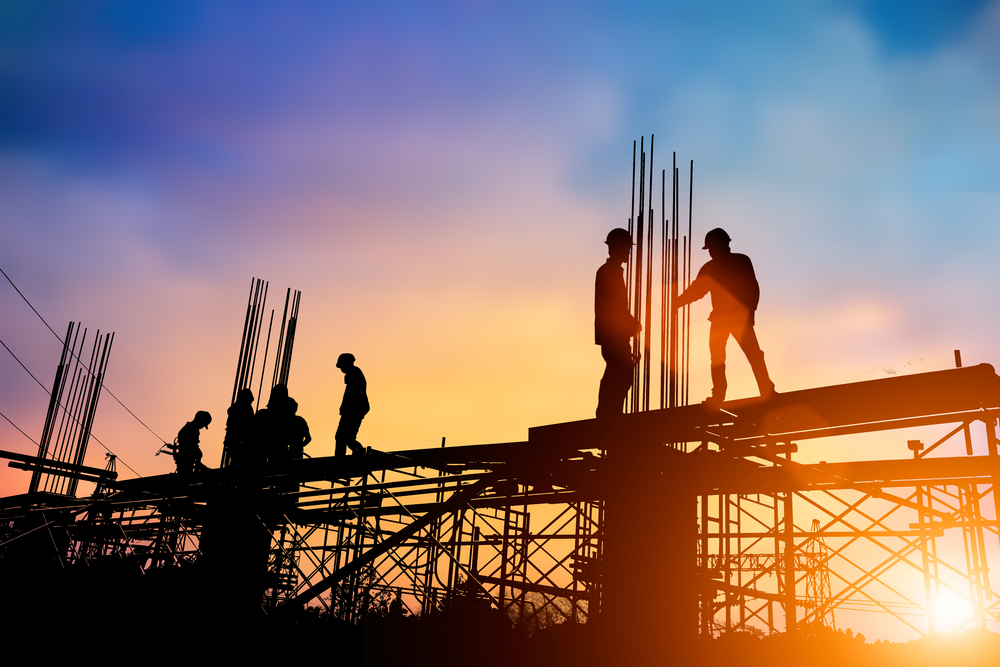As large-scale construction projects continue to grow in complexity, successful completion depends increasingly on strong partnerships between all stakeholders involved. Whether it’s a commercial high-rise, residential community or infrastructure project, bringing together owners, architects, engineers, contractors and more requires collaboration at every stage. With competing priorities and tight schedules, finding common ground and trusting relationships are essential to overcome challenges that inevitably arise.
Establishing Clear Communication
Effective partnerships begin with clear communication from project inception. The owner must convey the vision for what’s to be built along with budget parameters and timeline expectations upfront. Likewise, input from design and construction professionals on feasibility, permitting needs and realistic schedules helps set expectations. Regular meetings and transparent information sharing between all parties allows issues to surface early for collaborative problem-solving versus confrontation down the road.
With so many stakeholders involved, a single point of contact streamlines Building Construction Partnership. Project managers who facilitate ongoing discussions and document decisions help ensure everyone remains on the same page. Digital project management platforms further enhance collaboration by centralizing plans, submittals, schedule updates, budget tracking, issues logs and more in one place accessible by all team members anytime.
Defining Roles and Responsibilities
Misalignment over roles and division of responsibilities is a common source of disputes that damage partnerships. Clear contractual agreements spelling out accountabilities for design, budgeting, scheduling, quality control, scope changes, compliance, safety, closeout and more prevents assumptions.
Owners must understand their own duties to obtain permits on time, address community concerns proactively, make prompt payment and provide access. Design teams need to deliver complete construction documents within budget that account for buildability. Contractors bring expertise on constructability, value engineering, and hands-on problem-solving in the field that partners should utilize. Subcontractors require clear instructions and timely responses from general contractors to sequence their work smoothly.
With well-defined roles, partners avoid stepping on each other’s toes while holding each other accountable. Regular performance reviews by all parties identify areas for improvement and recognize contributions that strengthen long-term relationships.
Fostering Trust Through Transparency
Complete transparency builds the trust at the foundation of strong construction partnerships. This includes open-book accounting with full visibility into actual costs compared to estimates at each phase. Preconstruction services that involve contractors early for constructability input foster buy-in when unexpected conditions arise later.
Regularly scheduled meetings allow discussion of current issues before they escalate. Advance notice of impacts to design or construction from changes in scope prevents surprises. Sharing all submittals, RFIs, meeting minutes, problems encountered and resolutions demonstrates accountability.
Partners must feel comfortable flagging concerns immediately without fear of reprisal. Compromise and willingness to see multiple sides indicate integrity that partners rely upon, especially in adversarial situations like delays, non-performance or disputes.
Mediating Disputes Constructively
Despite best efforts, disagreements will arise on complex projects. The most damaging are those allowed to fester. Partnerships requiring litigation to resolve issues face an uphill battle to recover.
Having a protocol established in advance for mediated discussions keeps disputes internal whenever possible. A neutral third party can often find mutually agreeable solutions more efficiently. Agreeing in writing that payments will continue albeit under protest during resolution improves cashflow stability for contractors and suppliers.
When claims surface, objective fact-finding separates legitimate issues from manufactured gripes. Good faith efforts by all sides seeking fair outcomes strengthen the relationship’s resiliency for future collaborations. Viewing the larger relationship perspective, not just the immediate issue, keeps core priorities aligned toward successful project delivery.
Delivering Project Success Collaboratively
With clear expectations, aligned interests and trust established upfront, construction partnerships collaborate most effectively to deliver projects on time and budget that all parties can proudly stand behind. Celebrating project successes together nurtures the relationships vital to taking on bigger, more complex projects to come. A partnership approach built on cooperative problem-solving, transparency and integrity leads to the best long-term outcomes for all involved in the building process.
*Note:
1. Source: Coherent Market Insights, Public sources, Desk research
2. We have leveraged AI tools to mine information and compile it

